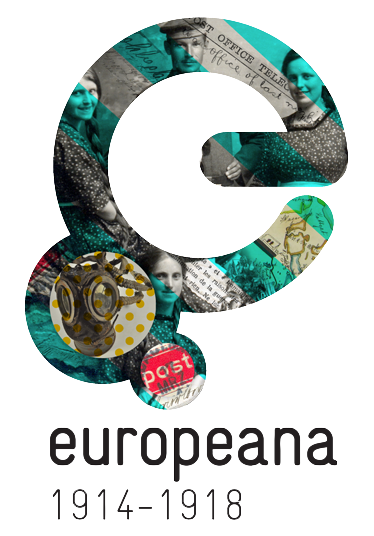Sammlung Christoph Müller-Oberhäuser ➔ Edward Elgar - Birthplace
Datierung
Datierung durch Karteninhalt nach 1934Hersteller_in
Verlag / Druck / Herausgeber : Theodore Presser Co. (Philadelphia (USA))Frankierung und Postweg
Kartentypus
Ansichtskarte / MotivkarteBeschaffenheit
- Karton
Bildbeschriftung
Gedruckte Beschriftung der Vorderseite:Reward CardGedruckte Beschriftung der Rückseite:
Edward Elgar | Born June 2, 1857. Died February 23, 1934. | Largely self-taught, Elgar was the son of an | organist. His father held the position at St. | George's, Worcester, for thirty-seven years, and his | son succeeded him; but in 1889 he moved to London. | Very early in his career, Elgar became known as an | accomplished violinist and orchestral conductor; he | lived at first by teaching the violin. In his pursuit of | musical knowledge, he went through various books on | harmony and orchestration, learning much from | Mozart's "Thorough Bass" School, and Parry's | articles in Grove's Dictionary. It is of interest that he | ruled a "fulled score," with the same numbers of measures, | and for the same instruments as Mozart's G minor | Symphony; then filled it in with his own new material – | a valuable but onerous exercise. |
Although compelled to retire to Malvern, on account | of ill health, in the height of his career, Elgar ac- | complished much. In the field of Oratorio, he was the | greatest composer of his period; witness The Dream of | Gerontius and The Apostles. His chamber music and | his orchestral works have all scored successes, but his | best-known number seems to be the spirited march, | Pomp and Circumstance. He was Knighted in 1904. |
From "Second Symphony"
Abgebildete Person/ Gruppe
Edward ElgarID
os_ub_0027080Sammlung
Sammlung Christoph Müller-OberhäuserPermalink
URN:urn:nbn:de:gbv:700-2-0027080-1Permalink:
http://nbn-resolving.org/urn:nbn:de:gbv:700-2-0027080-1
Schenker_in
Christoph Müller-OberhäuserCopyright
CC0 1.0 (Metadaten)Hinweis
Alle hier gezeigten Bilder dienen
ausschließlich der pädagogischen und wissenschaftlichen
Nutzung gem. § 86 StGB. Sie stellen
keine Meinungsäußerung der Mitarbeiterinnen
und Mitarbeiter des Archivs dar.
Sollten die Bilder trotz sorgfältiger
Recherche Rechte Dritter verletzen,
bitten wir um einen Hinweis:
E-Mail: bildpost@uos.de
Unsere Webseite verwendet, wie fast alle Seiten im Internet, Cookies um Ihren Besuch bei uns so komfortabel wie möglich zu gestalten.
Hier können Sie unsere Datenschutzbestimmungen einsehen.
![[LEER]](https://bildpostkarten.uni-osnabrueck.de/frontend/media/bildpostkarten/images/9/6/8/93166_ca_object_representations_media_96857_medium.jpg)








